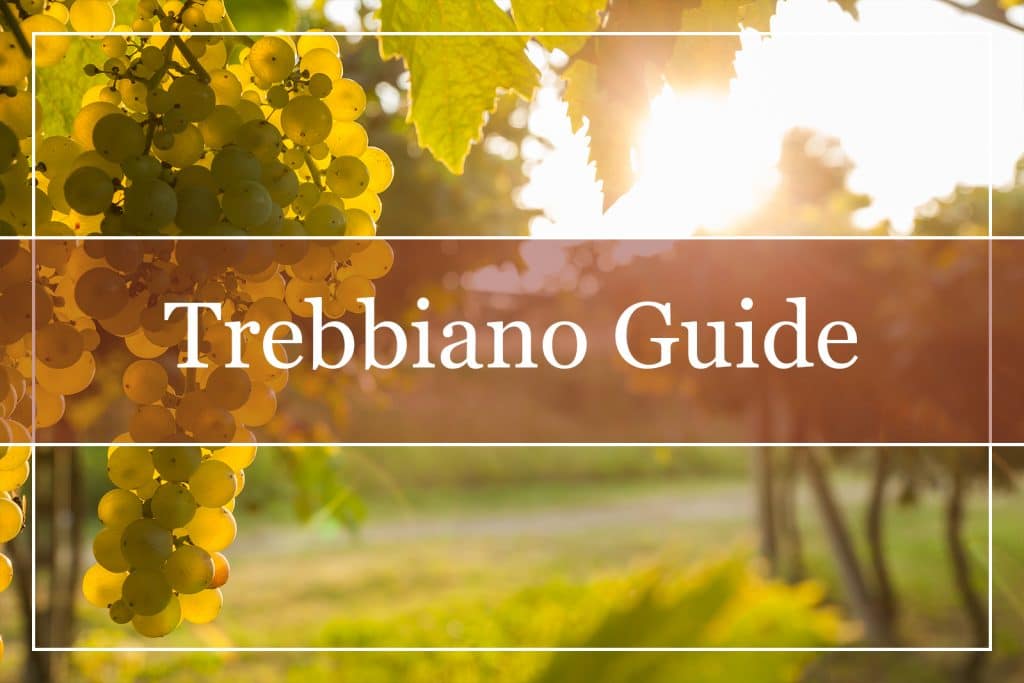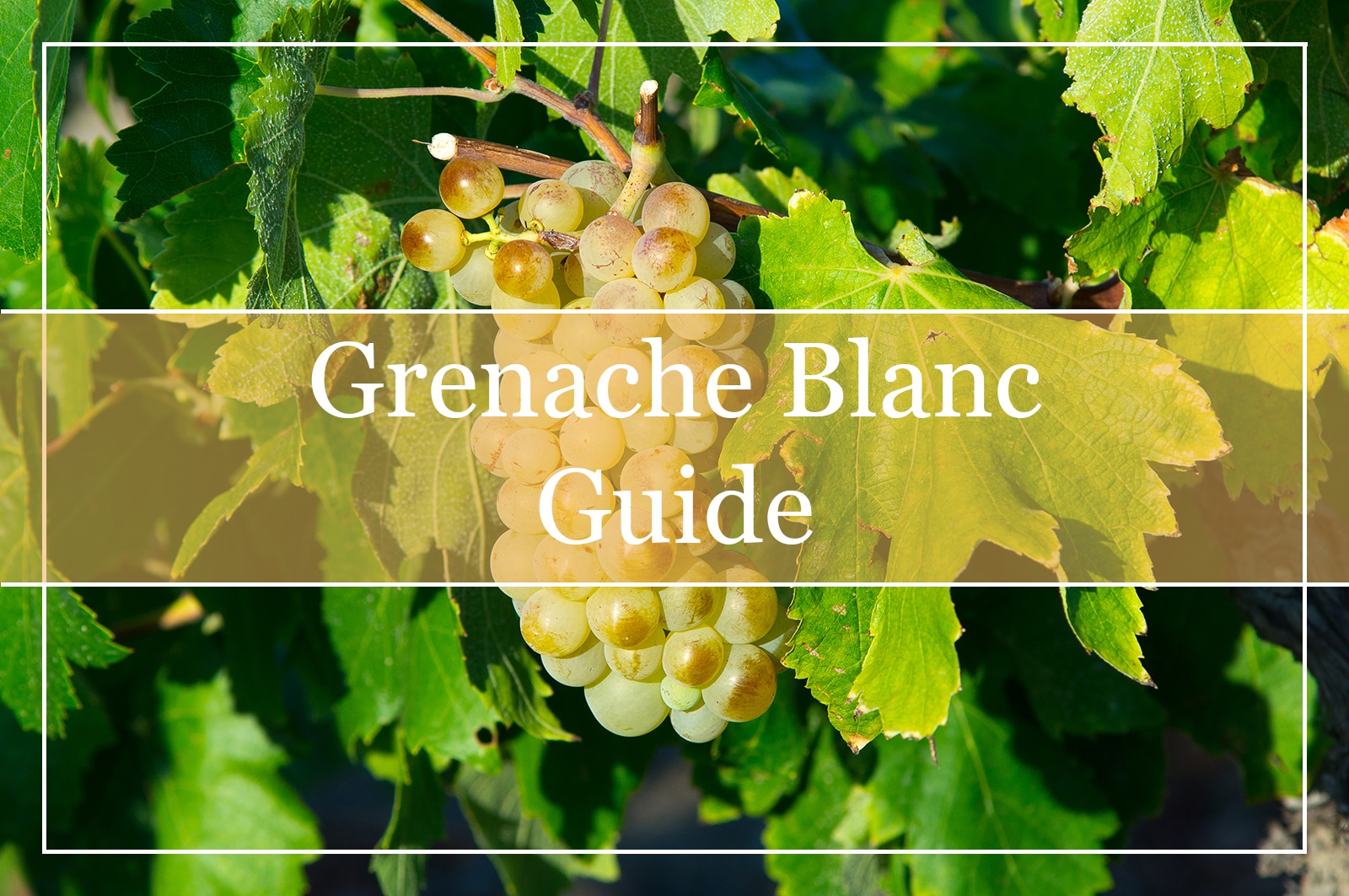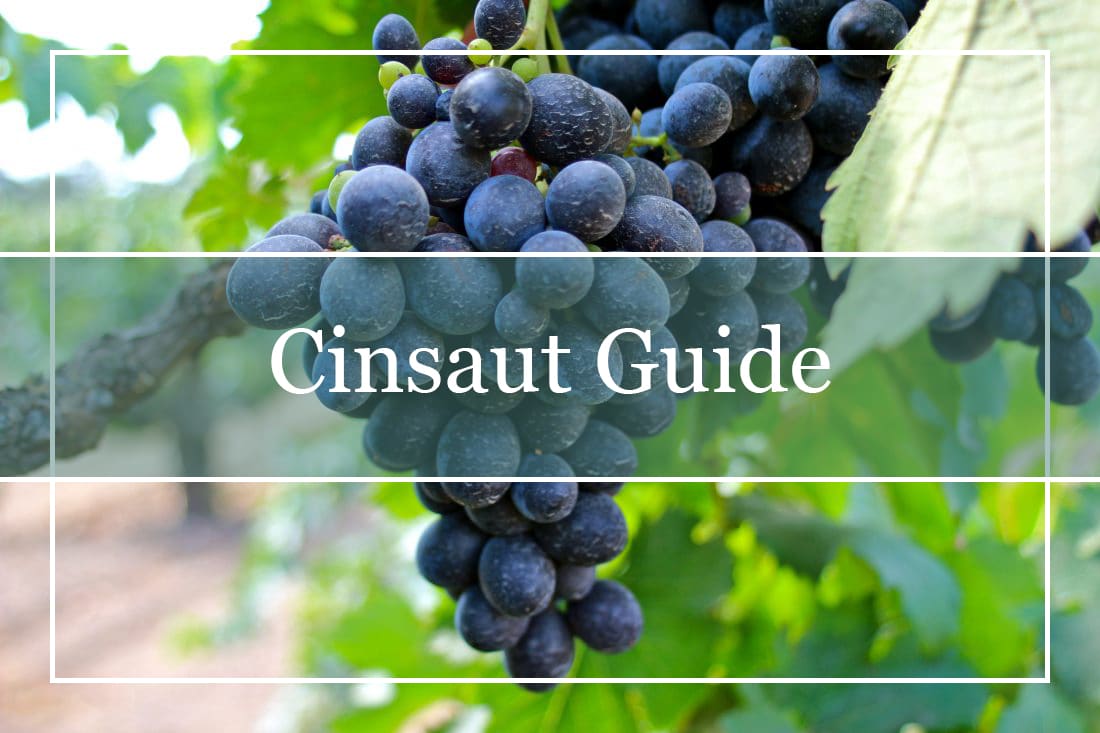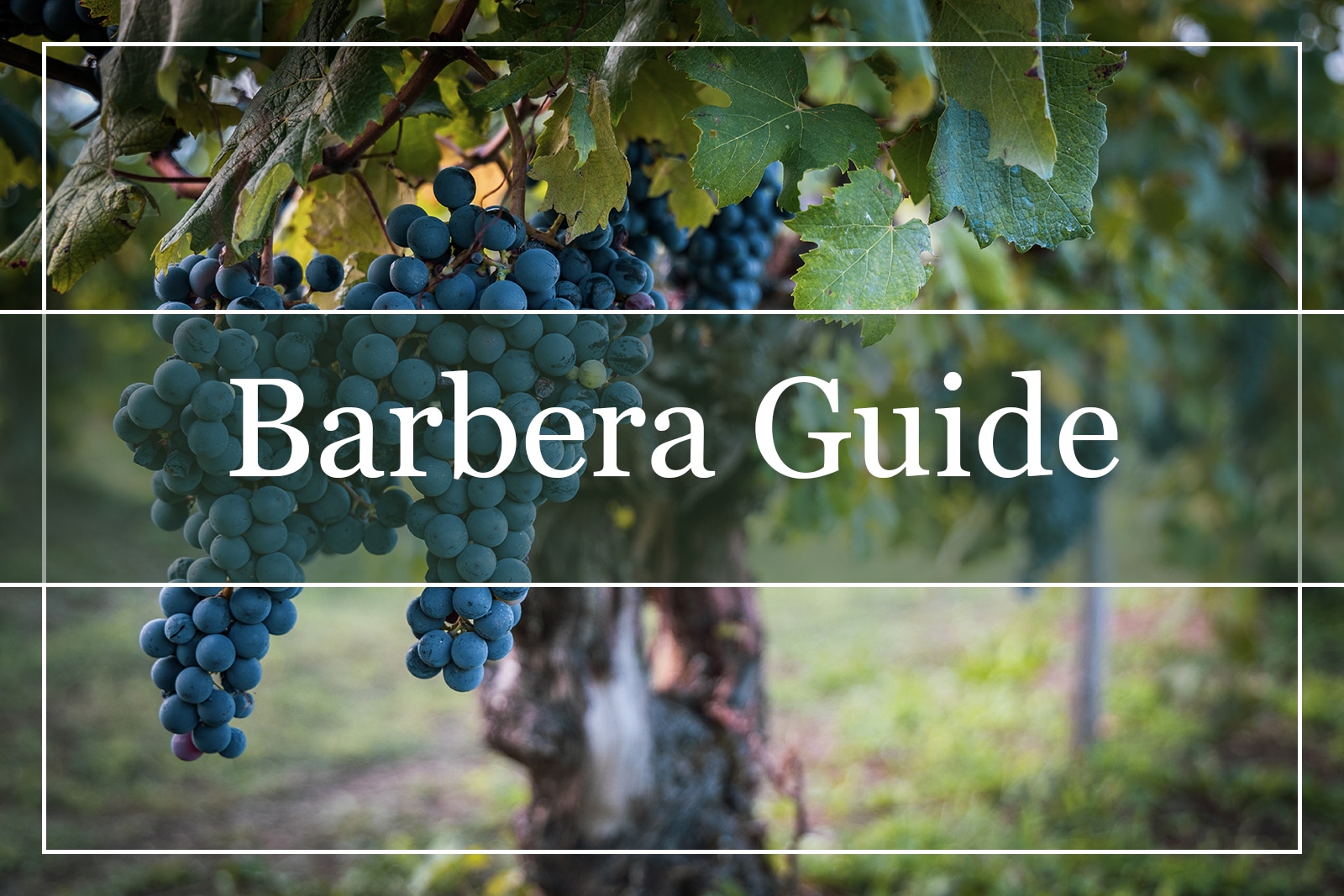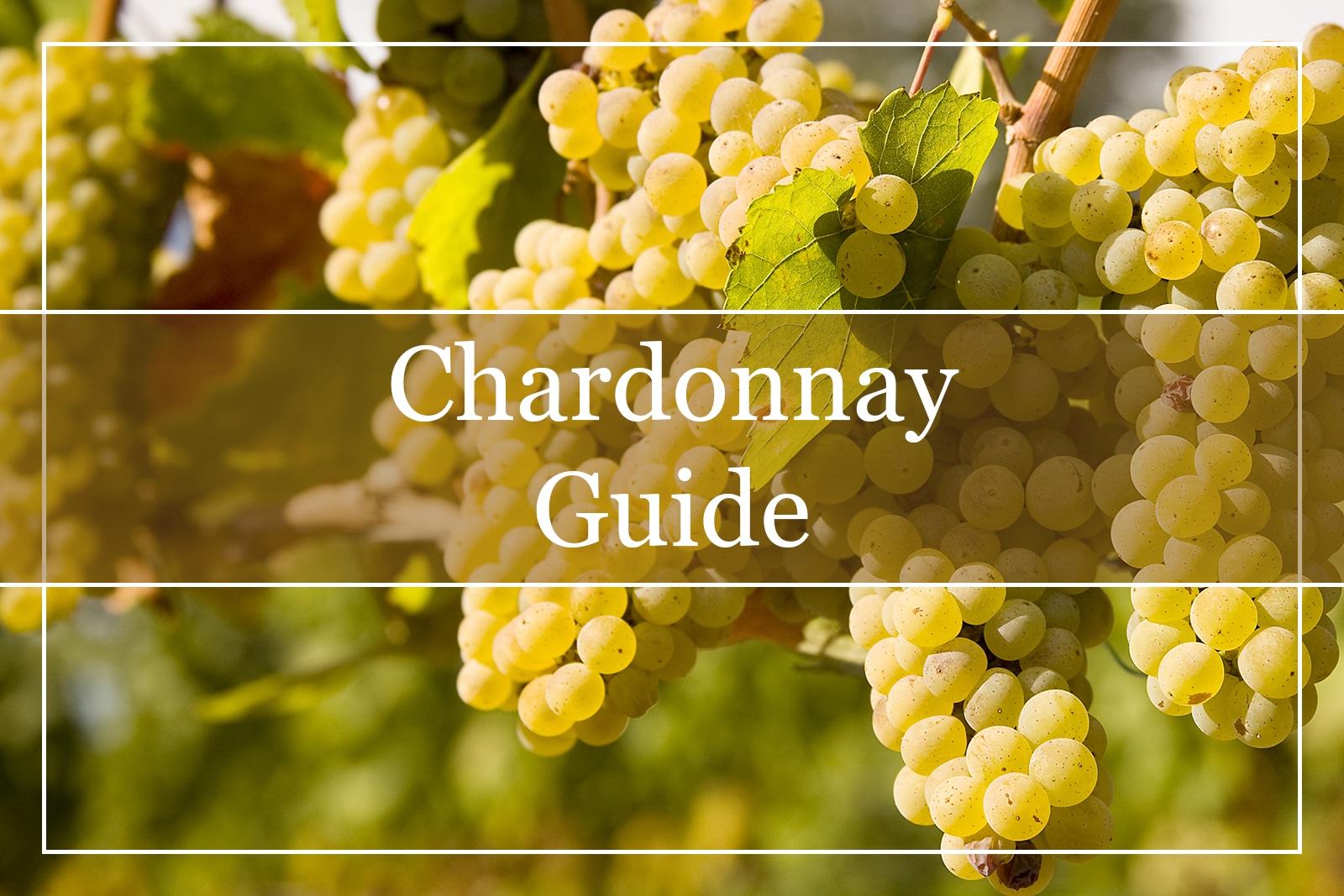What Is Trebbiano?
Trebbiano Toscano, or simply Trebbiano, is an Italian white wine grape varietal, and it is one of the most planted grapes in the world. It is used for producing table wine and brandies like Armagnac and Cognac. Keep in mind that Trebbiano has many different names depending on the country and the region of its production, including Brucanico, Santoro, and Procanico.
Also, it is worth mentioning that Trebbiano is applied to a group of white grape varieties originating in Italy. DNA research suggests that many are distinct varieties with distant relationships to other varietals in the group. But they share a couple of traits, the most obvious one being that they are all white varietals. In addition, bunches tend to be large, the berries are late ripening, and the vines are adaptable to a range of appellations.
The Trebbiano characteristics are fruity. A wealth of green fruit and citrus fragrances on the nose and stone minerality on the palate defines the wine. Subtle flower and white peach hints are also present, as Trebbiano has a fruity finish with an almond note. On top of that, the acidity is crispy and invigorates. And the fact that Trebbiano has medium alcohol content makes it versatile, perfect to pair with Mediterranean dishes. Being so zesty, Trebbiano is best enjoyed young during a hot afternoon.
What Color Is Trebbiano?
Trebbiano is a white grape variety. It is light-skinned with a yellow-greenish hue. It belongs to the Vitis vinifera grape species, which is the standard Eurasian grape variety. It gives almost every grape used in modern winemaking and has been used to produce wine for thousands of years. Up until véraison and berry ripening, Trebbiano grapes are hard and thick to the touch. Véraison period, however, signals the point at which the grapes begin to ripen. It is the onset of the ripening of the grapes. At this point, the grape’s skin changes color, with Trebbiano turning translucent and golden, with a vivid green reflection.
Between véraison and harvest, grapes grow and fill with water. During ripening, grape sugar levels rise, and acidity levels drop. Trebbiano color pigments and flavor components accumulate. Warm and sunny conditions are ideal, while mild water stress inhibits soot growth, encouraging grape ripening. That is a fine spectacle, marveling at rows of perfectly arranged Trebbiano vines.
What Does Trebbiano Mean?
Trebbiano seems to derive from the name of the Trebbia river in Emilia-Romagna in Northern Central Italy or from Italian villages with similar-sounding names. It is one of the four main right-bank branches of the River Po. In Emilia-Romagna, Trebbiano is still grown today. Trebbiano was first used as a word in 1860, in the meaning of a cultivated Italian white grape used in making white wine and brandy.
In general, however, the origin of the Trebbiano name itself remains unclear. Pliny the Elder, a Roman author, naturalist, and natural philosopher, writes of a vini tribulanum in, what is now, modern Campania in Southern Italy. On top of that, in the Late Antiquity, wines with the same name existed in Tuscany and Umbria, too.
How to Pronounce Trebbiano?
Trebbiano is not hard to pronounce. For this reason, wine enthusiasts need to pronounce the name of this grape variety correctly. Even though it is common in Italy, Trebbiano is slightly uncommon in the rest of the winemaking world. So, learning to pronounce it accurately will impress fellow wine lovers. There are three syllables in the word, with the emphasis falling on the second and third syllables. Here is what it looks like phonetically:
treb-yä-nō
For additional help on Trebbiano pronunciation, there are online audio and video examples. So, be sure to check them out.
Where Does Trebbiano Come From?
Trebbiano has a long history, as long as grape cultivation and winemaking. There are references that Trebbiano originated in the Middle East, then journeyed to Greece and the North of Africa until it ended up in Italy during the Roman era. A subtype dates back to Bologna in the thirteenth century and to Avignon in France in the fourteenth century. Therefore, it comes off as no surprise that Trebbiano is one of the widely planted grape varieties.
Trebbiano has a range of synonyms in Italy. But in France, it is commonly referred to as Ugni Blanc and gives the base spirit in Cognac and brandy production.
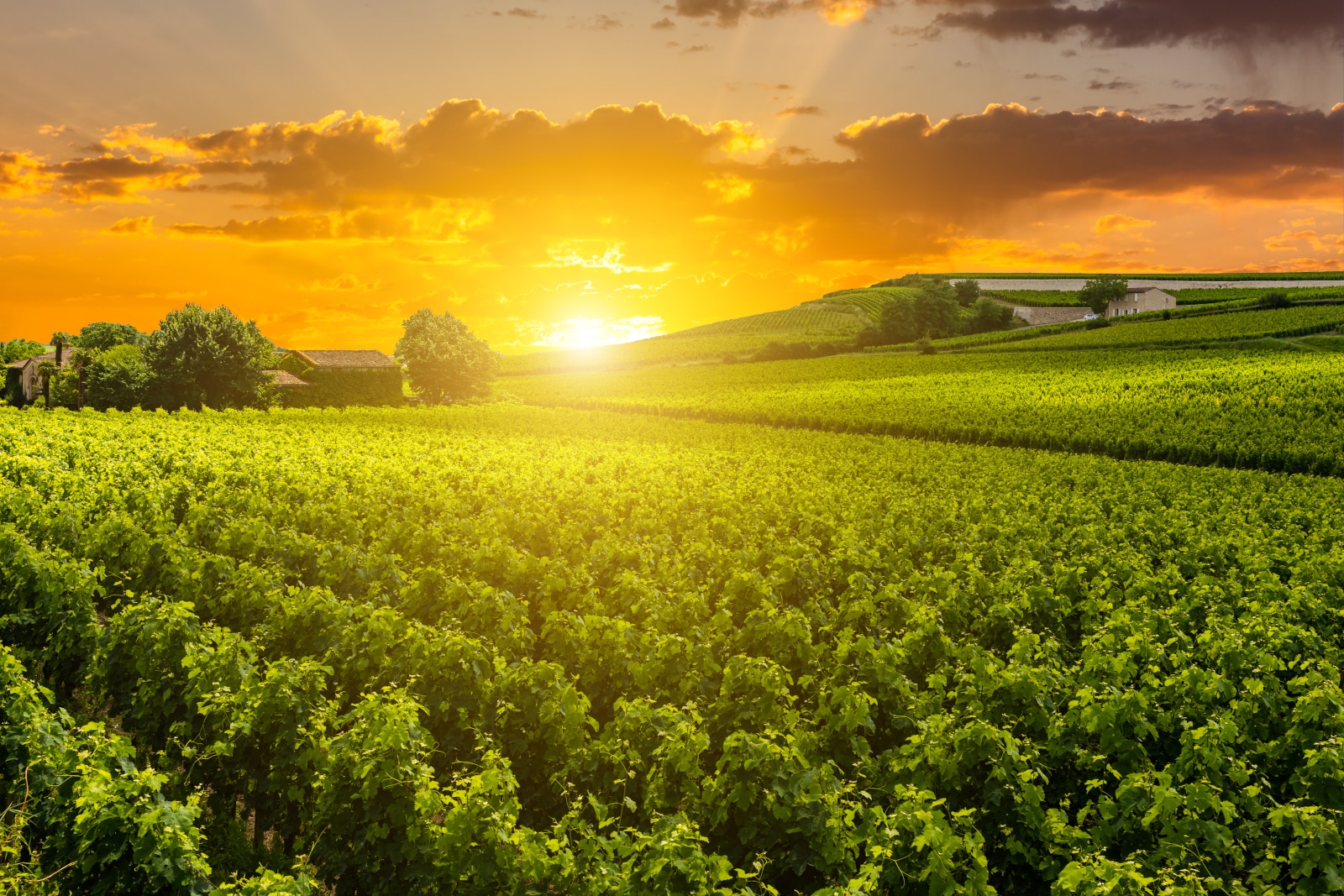
Trebbiano Toscano is most prevalent in Tuscana, as also its suffix suggests. Once about a time, it was so widespread that it was used as a white blender in the renowned Tuscanian red wines, contributing aromas, and acidity. Trebbiano Toscano is permitted to be part of red Carmignano but only up to ten percent of the blend.
The grape is also common in Umbria, under the name Procanico, and has a crucial role in the Orvieto wines. In Lazio, Trebbiano Toscano is blended with Malvasia Blanca to give Frascati Superiore and sweet Cannellino di Frascati. Both are DOCG quality, a supreme wine classification.
Significant Component in Brandy Production
Moreover, the grape might originate from Italy, but it has found a new home in France. However, the Trebbiano or Ugni Blanc plantings are in the Cognac region and Southwest France. Trebbiano appears to have been introduced to France during the fourteenth century when the papal court moved from Rome to Avignon in the Southern Rhône Valley. In the fifteenth and sixteenth centuries, where the grape was cultivated in Southeastern France under the name of Ugni Blanc. However, it is rarely found today in any of France’s Mediterranean wine regions.
On the contrary, the varietal enjoys success on the Atlantic side of France, in Charentais (Cognac) and Gascony (Armagnac). There, it produces vast amounts of refreshing and neutral-tasting white wine. The majority of which makes brandy.
Consequently, Ugni Blanc matches the needs of Cognac and Armagnac brand producers. They need a varietal with high acidity, low to moderate sugar, and tolerance to diseases. Low sugar translates into low alcohol in base wines, allowing them to be distilled for longer before reaching their intended alcoholic level. The more the base wines are distilled, the greater the purity of the resulting spirit.
Ugni Blanc is a natural antiseptic due to its high acidity, protecting the grapes and wines from bacterial spoilage. Besides, sulfur, which is used as an anti-bacterial agent, is not used in Cognac or Armagnac production. Sulfur would add uncomfortable aromas to the brandies, such as rotten eggs or boiled cabbage.
Finally, Ugni Blanc’s disease tolerance makes for Cognac production in the Charentais. A region with a damp climate that is endangered by the appearance of rot in the vineyard. Grapes prone to rot would not be helpful and thus are avoided. In contrast, Ugni Blanc is the perfect candidate, as it can withstand rot, giving balanced and rotten-free base wine.
In the island of Corsica, the grape is grown as Rossola Brandisca, Rossola Brandcina, and Rossula Brandcina. Slightly odd names for a white grape variety, however.
Outside of France, Argentina, Bulgaria, Croatia, Greece, and Uruguay have significant plantings of Trebbiano Toscano. As a final note, Ugni Blanc has been used to create several crossings. In fact, it is responsible for Vidal (Trebbiano Toscano x Seibel 4986), one of the best and highly-rated grape hybrids. Without Vidal, Canada would not be able to produce wine. Vidal gives some of the most refined Icewines, being just a little behind, in terms of quality and fruit purity, to Germany’s Riesling Icewines.
What Kind of Wine Is Trebbiano?
Trebbiano is versatile, food-friendly, and ideal for enjoyment on any occasion. It is easy-sipping and palatable. Trebbiano reminds a bit of Spanish Airen variety, as it is super light, with apple and pear notes. Antipasti, bruschetta, or an assortment of cheeses help to showcase its vivid character. It is humble, and when served chilled, it grabs the attention of wine enthusiasts from the first sip.
Is Trebbiano Dry or Sweet?
Trebbiano is a predominantly dry white wine. It is refreshing and light-bodied with subtle aromatic intensity. It gives neutral-flavor wines with green fruit notes and lemon and stone fruit touches. As we have seen above, it is hard to pin Trebbiano down to a black-and-white profile, as it is used in many wine styles, from dry reds, such as Carmignano, to sweet Cognacs.
What Does Trebbiano Taste Like?
Trebbiano tasting notes are always about the crispiness and freshness of aromas and flavors. Wine enthusiasts will experience the vividness of apple, pear, lemon, and white peach in the Trebbiano aroma. On top of that, they will also appreciate touches of nectarine, peach, and stone minerality on the palate. Consequently, the Trebbiano taste is superb and compelling for such a light-bodied wine. And with every sip, the brisk acidity adds a characteristic brightness to the Trebbiano flavor profile, invigorating, as it drives to the fruity finish with a hint of bitter almond.
The wine has easy-going qualities, and the relatively low alcohol content makes it very approachable. Sipping it is like journeying to Italian sun-drenched coastal vineyards and welcoming the touch of a Meditteranean light breeze.
How to Serve Trebbiano?
Trebbiano must be served and consumed as young as possible. That is about six months from the date of bottling. The tangy flavors are fantastic for summer picnics or family activities in the garden. Every wine fan is going to appreciate them.
But to enjoy Trebbiano wholeheartedly, you have to serve it chilled. In this way, its crispiness intensifies, bringing out distinctive excitement and dynamism. The perfect temperature to serve Trebbiano is forty-five to fifty degrees Fahrenheit (seven to ten degrees Celsius). By chilling it, the flavors sharpen, and the Trebbiano is as refreshing as possible.
Remember also that the wine must stay cool during service. To do that, use an ice bucket or wine cooler. The bucket should be filled three-quarters full with equal quantities of ice and water so that iced water surrounds the bottle. The water transfers the heat from the bottle to melt the ice. Air acts as an insulator, and the bottle chills. However, if you over-chill it, prepare to taste a thin and dull beverage.
How Long Should Trebbiano Breathe?
Trebbiano will probably not benefit from additional aeration. So, there is no point in decanting it. Serving Trebbiano in medium-sized white wine glasses or tulip glasses helps it receive as much aeration as it needs. As the air comes into contact with the wine surface, the aromatic and flavor intensity of the wine rises. That little air is enough to fortify some of the primary fragrances and stone fruit flavors. Therefore, do let the wine breathe for a maximum period of five to ten minutes before serving.
What Food to Pair With Trebbiano?
Trebbiano might usually give table wines, but it is food-friendly and ideal to consume with simple foods and light lunches. Whitefish or portions of pasta with light, vegetable-based sauces make some of the best companions to the wine.
Antipasto, bruschetta, or cheeses are also fantastic matches for Trebbiano Toscano. For instance, sardines marinated in vinegar (escabèche), Vietnamese pancakes (bánh xèo), or even crayfish laksa with fresh coconut milk pair divinely with Trebbiano. Moreover, partnering the wine with traditional antipasti, such as cured meats, grilled artichoke hearts, olives, or roasted vegetables, make a mouthwatering combination.
As a word of warning, however, the high acid nature of Trebbiano means that you should not serve it with too spicy food. Heat increases the perception of acidity and the burning effect of alcohol in wine. That may be an uncomfortable sensation for some people. For others, though, it might be just perfect!
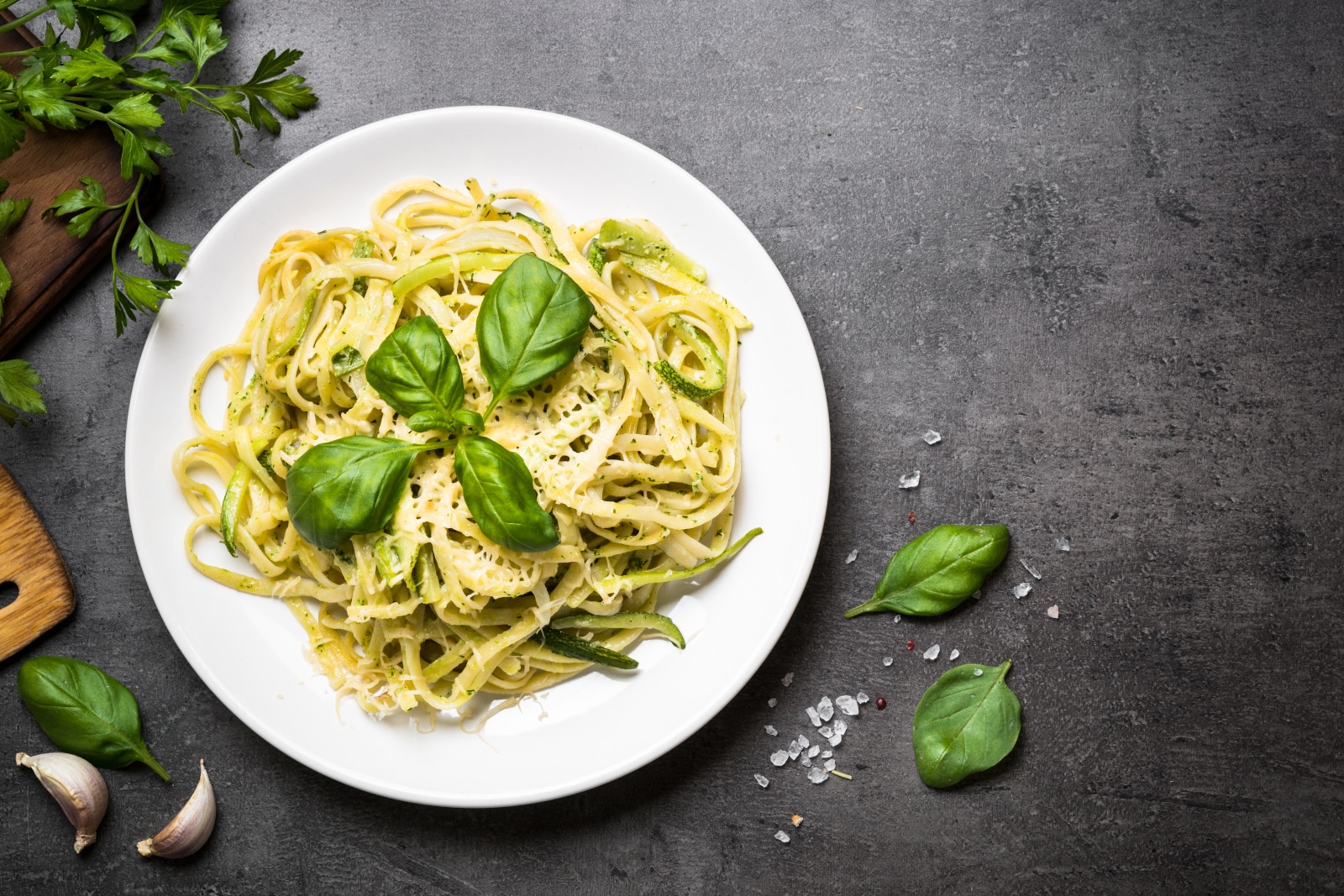
Trebbiano Cheese Pairing
But for the ultimate Trebbiano food pairing, serve the wine with Italian semisoft and hard cheeses. Ricotta, Parmigiano-reggiano, Fontina, or Taleggio are exceptional cheese choices. Place the cheeses on a nice wooden cheese board, and offer them to guests during a friendly gathering. In this way, everyone can pick their own piece while finding pleasure in a delightful glass of Trebbiano.
How Much Alcohol Does Trebbiano Have?
The Trebbiano alcohol content is in the range of 11.5 to 13.5% ABV. That is the usual alcoholic concentration of dry table wines. For precise information, check the label on the bottle before purchasing, and always enjoy the wine responsibly.
How Many Calories Are There in Trebbiano?
Being a light-structured white wine, Trebbiano is a safe dietary choice with a low caloric density. The carbs in Trebbiano Toscano are in the range of 1 to 4 per glass, while the calories are 22 to 26. So, wine enthusiasts can consume this wine without guilt or fear of driving dieticians crazy.
Conclusion
Trebbiano is a unique white grape variety with a wide appeal. From being used to craft single-varietal wines to aid blends of Italian red wines to cultivate in France as part of brandy production. With aromas of bright green fruits and flavors of stone fruits and minerals, Trebbiano shows a mostly neutral but refreshing character. Consequently, it is a splendid grape, providing balance and acidity in complex blends or a shining example of a savory varietal wine.

